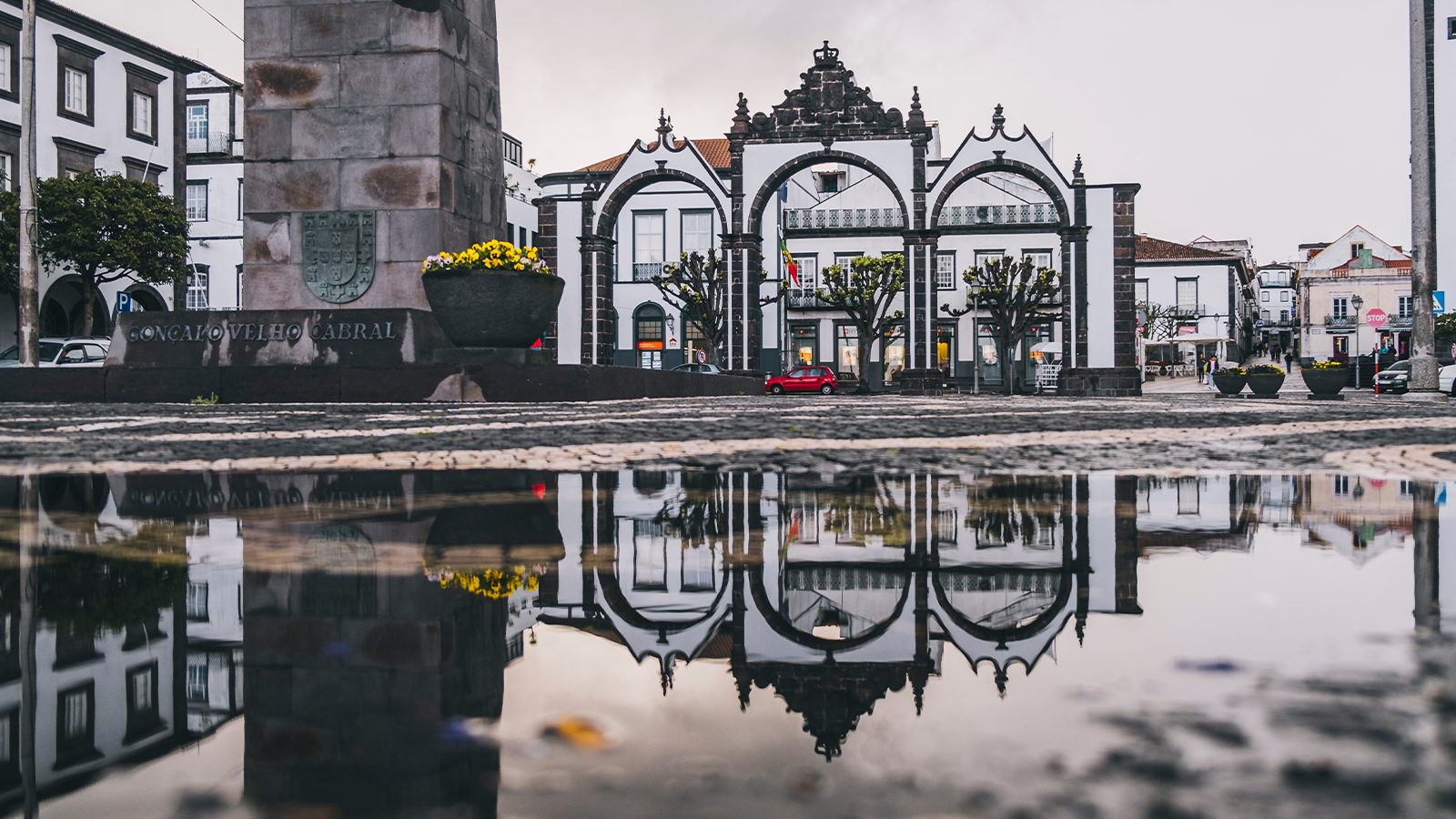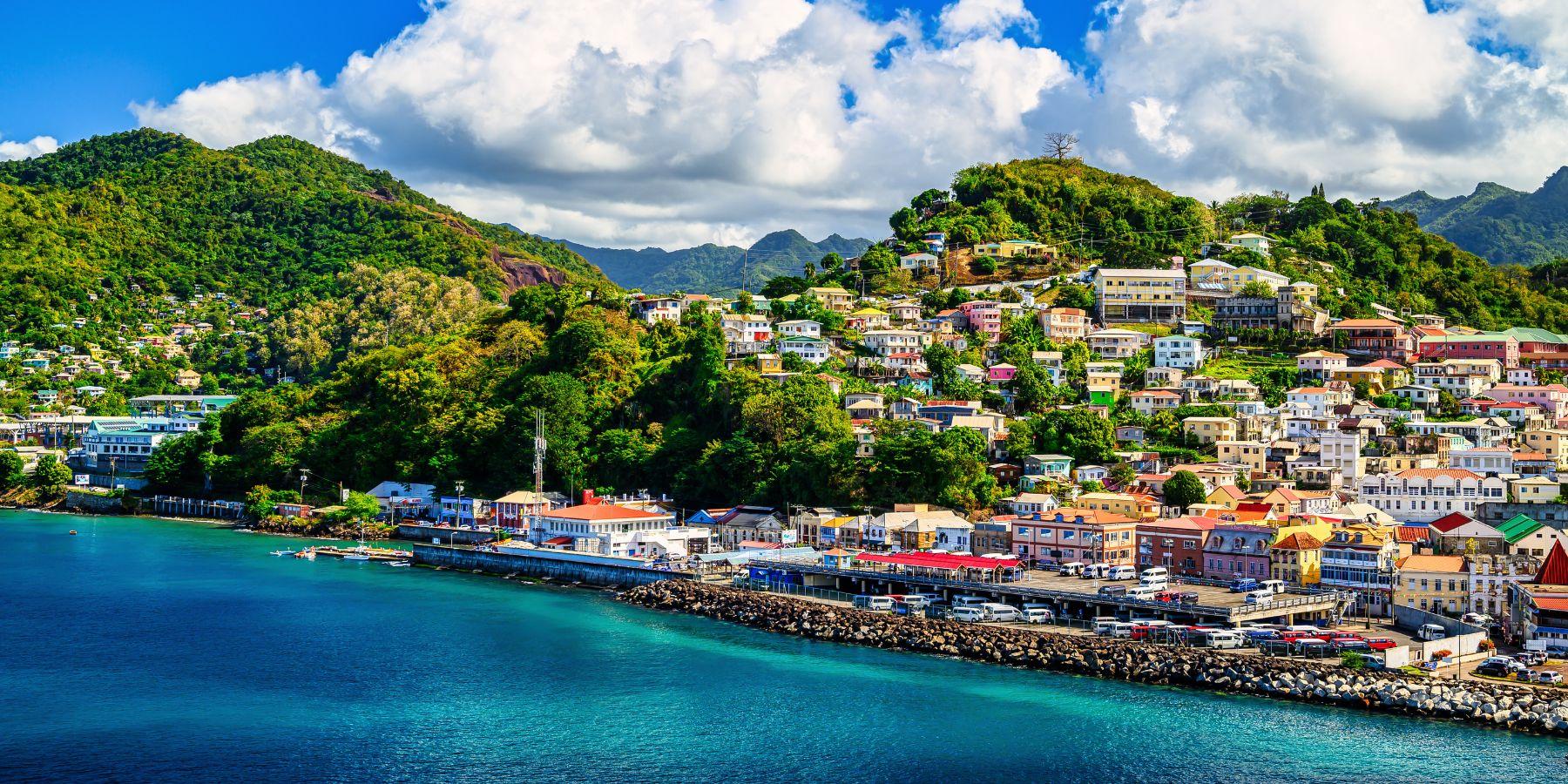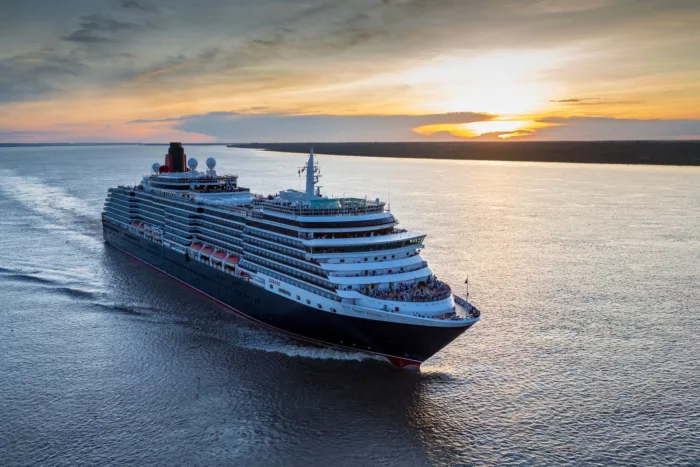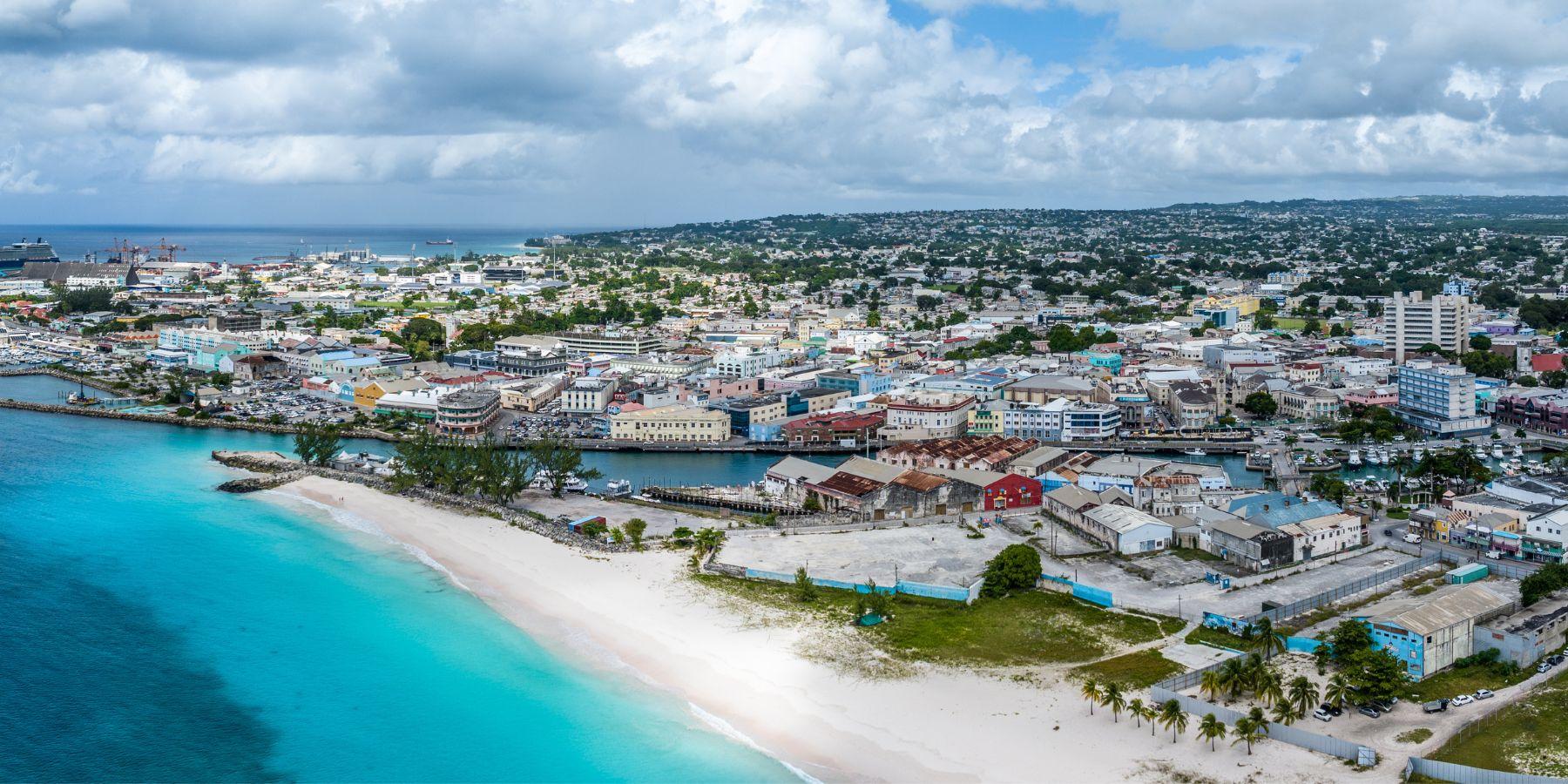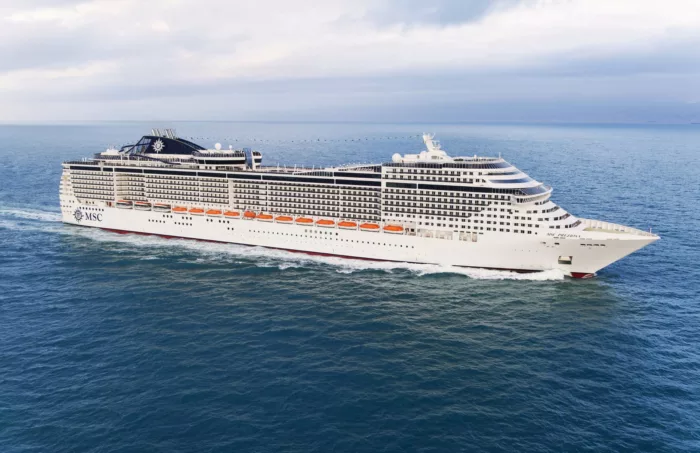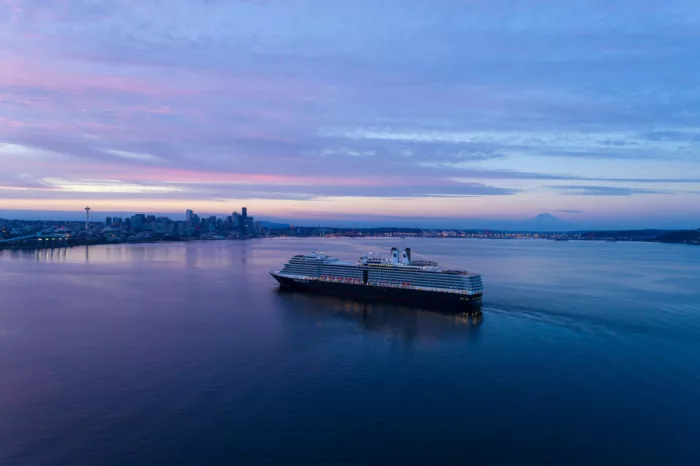
RNLI at 200: Who started the RNLI?
This year, the RNLI celebrate their bicentenary. With over 146,277 lives saved thus far, including rescues involving notable liners and cruise ships, the institution’s achievements are nothing short of humbling - courtesy of Sir William Hillary
Just over two hundred years ago, the observation of unnecessary loss of life at sea, and a dogged determination to put something in place to prevent it, formed the Royal National Lifeboat Institution (RNLI).
Now situated around the British and Irish coastline are 238 lifeboat stations. Their brave crews rush out to help anyone or any vessel who has gotten into difficulty at or by the sea. Often heading out in appalling conditions, the bravery of these crews is humbling, particularly upon the realisation that the majority of these individuals are volunteers.
As the RNLI recently celebrated its bicentenary on March 4, 2024, the institution announced it was proud to have saved an incredible 146,277 lives over two centuries of lifesaving. This equates to an average of two lives saved every day since 1824.
“Today, we mark the bicentenary of the RNLI. We remember the achievements and commitment of all those who have been part of the RNLI family over the past two centuries; we celebrate the world-class lifesaving service we provide today, based on our 200 years of learning, expertise and innovation, and we hope to inspire future generations of lifesavers and supporters who will take the RNLI into its next century and beyond.”
Reflecting on the RNLI and its many rescues, there are countless stories that epitomise why the RNLI are supported and treasured in the UK. Even grand liners, war vessels and cruise ships - including some with legendary names, have required the assistance of the RNLI over the years.
But where did it all start?
Who is responsible for establishing the framework and launching the RNLI?
It's time to pay respect to the Godfather of it all - Sir William Hillary.

Sir William Hillary: The Manx Origins of the Royal National Lifeboat Institution
The origins of the Royal National Lifeboat Institution can be traced back to the Isle of Man in the early 1800s. At this time, it was widely known that the sea was an unforgiving mistress. So much as frivolously looking upon the sea was enough to ensure your demise.
Becoming shipwrecked was an all too common occurrence. Surviving an incident was viewed as a right of passage, akin to an initiation. It was practically accepted as an inevitable part of a career at sea, and you weren't considered an experienced seafarer until you'd been subjected to the terrors of
On the Isle of Man, with nowhere on the island being particularly far from the coast, shipwreck and its consequences were a repetitive and unpleasant reminder of the dangers that lay beyond the shore.
However, in Douglas, a retired soldier called William Hillary decided to push for better after witnessing shipwrecked mariners drowning off the Manx coast. When HMS Vigilant foundered on St Mary’s Rock in Douglas Bay, Hillary urged others to help him row out to rescue those in peril.
This incident, alongside dozens of other shipwrecks occurring during Hillary’s time, formed the basis for what was originally named the National Institution for the Preservation of Life from Shipwreck in 1824. It is what we now call the Royal National Lifeboat Institution or, less formerly, the RNLI.
Hillary published a pamphlet outlining plans for a lifeboat service that would be manned by trained crews all around the UK and Ireland. The pamphlet landed on the doorstep of the British Navy, governmental ministers and several notable individuals.
The proposed service would rely heavily on ‘a large body of men … in constant readiness to risk their own lives for the preservation of those whom they have never known or seen, perhaps of another nation, merely because they are fellow creatures in extreme peril.’

Summon the King
Interest was certainly sparked but, initially, Hillary did not receive the backing he keenly sought. Undeterred, more philanthropic members of London society were approached. By catching the attention of Thomas Wilson, a liberal MP for Southwark and George Hibbert, shipping magnate and Chairman of West Indies Merchants, the idea gained momentum.
Soon after, King George IV promised royal patronage while Prime Minister Robert Jenkinson agreed to serve as the society’s president.
The institution held its inaugural meeting in Bishopsgate on the 4th March, 1824 in the City of London Tavern. Over 30 notable men put their names down for the RNLI. In Britain, the institution has since been coined ‘the best thing to come out of a pub’.
Among the original aims of the RNLI were the preservation of human life from shipwreck and assistance being provided to vessels in distress as well as the bestowing of suitable rewards on those who rescue the lives of others from shipwreck. To this day, particularly brave efforts on the part of RNLI crews attract medals for gallantry. Lifeboat stations proudly note all services they attend upon boards mounted on their inner station walls.
In 1825, Sir William Hillary was awarded several gold medals for gallantry. Three for courageous actions during rescues and one honorary medal for founding the RNLI itself. Hillary worked as part of the Douglas crew on the Isle of Man, saving over 300 people from drowning despite not being able to swim himself.
One such rescue attended the steamer St George who had become wrecked off the coast close to Douglas. Thanks to the efforts of Hillary and his crew, no lives were lost.
In continued recognition of his vision and courage, the RNLI still use of Hillary’s family motto of ‘with courage nothing is impossible’. It inspires modern day crews as they continue the legacy created by Sir Hillary over two hundred years ago.

Sir William Hillary: A legacy still felt today
Sir William Hillary was a man of his times, yet remarkably ahead of them—a true Georgian-era gentleman with a penchant for bravery that bordered on the reckless. Born in 1771, Hillary’s early life was one of privilege, but instead of resting on his laurels in the luxury of London society, he found himself drawn to the rugged, windswept Isle of Man.
It was here, surrounded by treacherous waters that swallowed ships as often as the islanders swallowed their ale, that Hillary’s enduring legacy began to take shape. After witnessing countless shipwrecks and the tragic loss of life along the unforgiving coastline, he was moved to act, and not just by the dire need for safer waters, but by a genuine sense of duty that one might call almost quaintly noble—like a sea captain refusing to abandon ship, only this time, the whole of Great Britain was his vessel.
In 1824, Hillary founded the Royal National Institution for the Preservation of Life from Shipwreck, which would later be more succinctly named the Royal National Lifeboat Institution, or RNLI. It might sound like a mouthful of pre-Victorian optimism, but Hillary’s vision was as straightforward as his crisp naval uniform: to create a dedicated service that would save lives at sea.
This was no small task in an era when health and safety regulations were largely confined to the realm of good intentions, and “life jackets” were more of an abstract concept than a practical necessity.

Undeterred, Hillary not only helped establish the RNLI but personally participated in over 30 rescue missions, quite literally throwing himself into the cause. He didn’t just talk the talk—he rowed the row. His mantra, “With courage, nothing is impossible,” became the lifeblood of the institution, and let’s be honest, there’s a certain charm to imagining a Georgian-era knight urging sailors to be brave while battling both the elements and those ridiculous high collars of the time.
The RNLI, under Hillary’s guiding hand, quickly became a stalwart of British coastal life, providing organized and professional rescues where there was previously little more than good Samaritans and a bit of luck.
The RNLI’s impact on Great Britain was transformative; it professionalized and standardized sea rescues, bringing in dedicated lifeboats and volunteer crews who trained specifically for the grueling conditions.
What began as a charitable initiative funded by public donations became an indispensable service that has saved over 143,000 lives to date. From rudimentary wooden lifeboats pulled by horses to today’s state-of-the-art vessels that can cut through the roughest of seas, the RNLI has evolved dramatically, yet it remains steadfastly loyal to Hillary’s original ethos: bravery, selflessness, and a touch of that good old British pluck.
Sir William Hillary’s influence reaches far beyond the shores of his beloved Isle of Man. He established a legacy of volunteerism and community spirit that resonated across the nation. His emphasis on safety at sea was both revolutionary and crucial during a time when the loss of ships was not just a maritime inconvenience but a common tragedy with real human costs.

Hillary’s vision transformed the perilous waters around the British Isles into somewhat safer realms, even as Britain’s seafaring traditions grew more robust. The RNLI today stands not only as a testament to the bravery of its founder but as a living, breathing embodiment of his dream—a network of lifesaving stations staffed by volunteers willing to face the fiercest storms.
From rescuing Victorian sailors caught in their own adventure novels to modern-day yacht enthusiasts who’ve perhaps misjudged the English Channel, the RNLI continues to uphold Hillary’s legacy.
In essence, Sir William Hillary was a man who saw the need for a lifeline in a world that often left its sailors to the mercy of the sea. With a mix of courage, foresight, and a smidge of that delightful Georgian stubbornness, he launched the RNLI into the heart of British culture, forever changing how the nation viewed its perilous relationship with the sea.
The RNLI’s enduring motto, driven by Hillary’s vision, serves as a reminder that no matter the century, bravery and compassion will always have a place in the annals of history—and in the hearts of those who stand ready to rescue.

